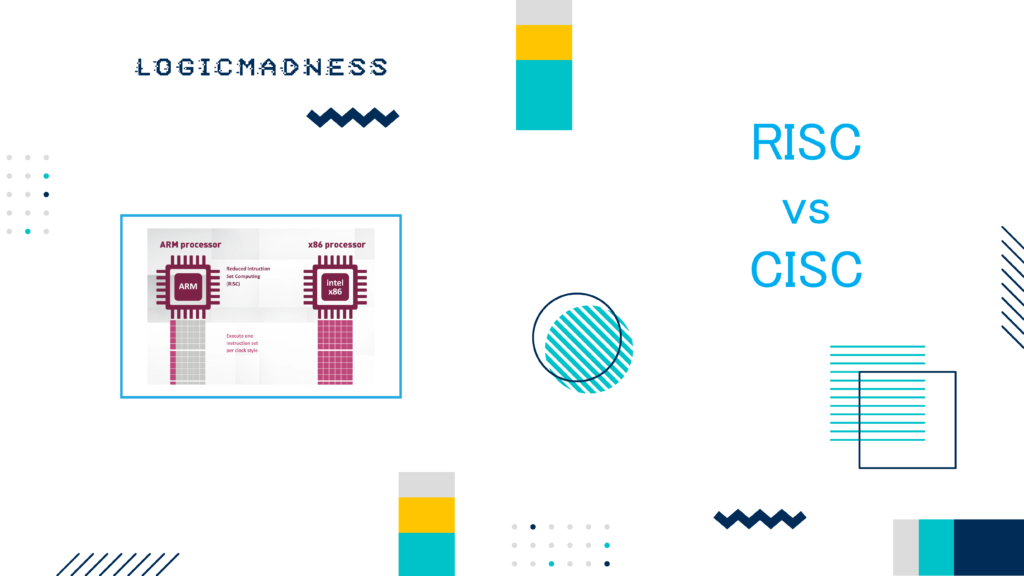Focuses on PCIe Power Management, ASPM, device power states, and reset mechanisms.
1. PCIe Power Management Overview
PCIe supports dynamic power management to reduce energy consumption without sacrificing performance:
- Link power states (L0, L0s, L1)
- Device power states (D0–D3)
- ASPM (Active State Power Management) for active links
- Supports system and function-level resets
ASCII Power Layer Diagram
+--------------------+
| Transaction Layer |
+--------------------+
| Data Link Layer |
+--------------------+
| Physical Layer |
| L0 / L0s / L1 |
+--------------------+
| Device Power D0-D3 |
+--------------------+
2. Link Power Management States
| State | Description |
|---|---|
| L0 | Fully active, normal operation |
| L0s | Low power; short idle periods, fast wake |
| L1 | Deeper sleep; clock stopped, lower power |
| L2 / L3 | Not standardized, depends on platform |
| Disabled | Link inactive or hot-reset state |
L0s/L1 reduces power consumption while preserving quick link recovery.
3. Device Power States
| Device State | Description |
|---|---|
| D0 | Fully operational |
| D1/D2 | Intermediate low-power states (optional) |
| D3hot | Device powered but logically off |
| D3cold | Device completely off; requires full initialization |
ASCII Example: Device State Transition
D0 -> D1/D2 -> D3hot -> D3cold
^ |
+------ Wake -------+
4. Active State Power Management (ASPM)
- ASPM allows PCIe links to enter L0s or L1 states automatically during idle periods
- Managed by PCIe controller and OS driver
- Reduces link power consumption without affecting transaction throughput
ASCII ASPM Example
TLP Traffic Active
|
v
L0 (Full Power)
Idle Detected
|
v
L0s or L1 (Low Power)
Next TLP Arrives -> Back to L0
5. System Reset Mechanisms
PCIe supports multiple types of resets:
| Reset Type | Purpose |
|---|---|
| System Reset | Resets entire PCIe bus and devices |
| Hot Reset | Resets a single device without affecting others |
| Function-Level Reset (FLR) | Resets a specific function within a multifunction device |
ASCII Reset Flow
[Root Complex] --- Hot Reset ---> [Endpoint Device]
[Endpoint Function] --- FLR ---> Resets only selected function
Resets ensure safe recovery from errors or configuration changes.
6. PIPE & PHY-MAC Interface
- PIPE (Physical Interface for PCI Express) standardizes PHY-MAC communication
- Separates logical protocol functions from electrical signaling
- Key PHY blocks:
- PLL (Phase-Locked Loop)
- TX Block
- RX Block
- PHY interface signals include TX/RX lanes, clocks, and control signals
ASCII PIPE Interface
[MAC Layer] <-> [PIPE] <-> [PHY TX/RX Lanes]7. Summary – Power Management & Resets
Responsibilities:
- Manage link power (L0, L0s, L1) and device power (D0–D3)
- Support ASPM for energy-efficient links
- Handle System, Hot, and Function-Level Resets
- Standardize PHY-MAC interface via PIPE

